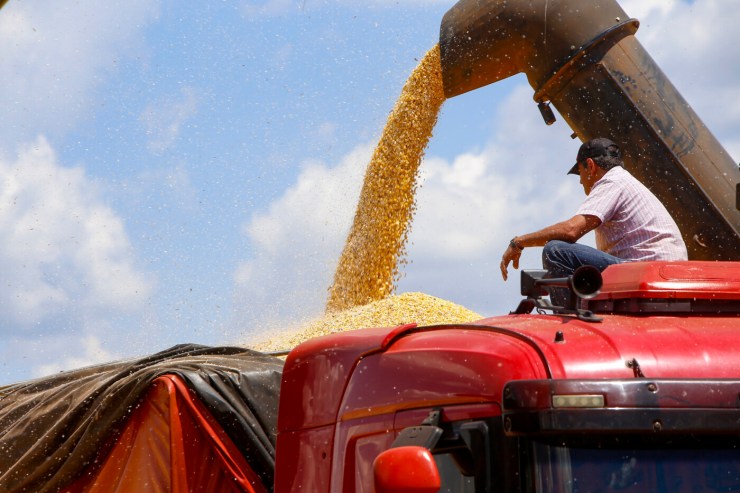Storing grain in Brazil involves significant expenses, which go beyond the initial investment in building silos or warehouses. Operational and maintenance costs include energy, specialized labor, equipment management, phytosanitary safety measures such as fumigation and pest monitoring, and insurance, according to a survey by Consultoria Agro Itaú BBA.
Several factors influence storage costs: grain supply, available technology, scale of operation, location, and operational efficiency. Modern, automated structures tend to reduce unit costs for large volumes, allowing for temperature, aeration, and pest control, as well as automated loading and unloading, reducing losses.

Source: Conab/Itaú BBA
Producers in regions far from ports or consumer hubs face higher freight costs and need to store grains while waiting for a favorable sales window. In these situations, having their own silo prevents quick sales at the peak of the harvest, when prices are low and transportation is expensive. If they don't have local warehouses, producers must bear immediate transportation costs or accept price discounts through premiums or negative basis.

Source: Eikon/Cepea
The timing of sales directly impacts profitability. In the first half of the year, during the harvest season, the basis is under pressure and freight rates are higher. In the second half of the year, these indicators tend to become more favorable. A practical example occurred last year in Sorriso, Mato Grosso do Sul, one of the main soybean producing regions: in March, during the harvest season, the monthly average soybean price was R$1.03 per bag. In October, during the off-season, the average price rose to R$1.32 per bag, an increase of R$1.29 per bag.

Photo: Nelson Almeida
The ability to store grain and sell it during the off-season allows producers to capture part of this appreciation. Data from the Brazilian Confederation of Agriculture and Livestock (CNA) indicates that 41% of producers with their own warehouses obtained additional gains of 6% to 20% over the last three harvests, thanks to the ability to choose the most advantageous time to sell.
Experts emphasize that, although storage requires significant investment, the strategy can generate greater negotiating power, reduce losses, and increase producer revenue, making the cost a strategic investment rather than just an operational expense.





